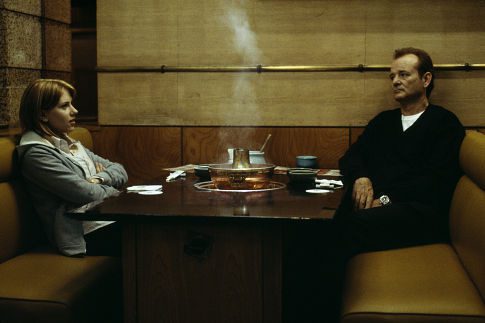5 Things to Do Before You Shop Your Screenplay


So you wanna write a screenplay.
We’re not going to tell you to rewrite it and make it the best story you can. We’re assuming you already know that and will do it.
These are practical points from story analysts who have read thousands of scripts . . . each.
Story analysts (casually called “readers”) are employed by studios and literary agencies to be the first people to read your script and then to provide a written analysis of it, which is called “coverage”. That means we get to read your script, summarize it and describe its strengths and weaknesses, usually in a page or two that is then submitted to agents, development executives and producers. They use coverage to decide if they want to spend their time reading your script. We are an exacting group with low tolerances for weak grammar, bad spelling and sloppy storytelling.
But we do give every script the benefit of the doubt. When we crack open (or click open) that first page, we are hoping to be dazzled, entertained, swept away. The tips below are the first reassurances to readers that perhaps, possibly, quite probably you know what you’re doing.
1. Format your script according to industry norms.
Twelve point font, in Courier. Don’t fudge the margins to compress your 126 page screenplay into 118 pages. You won’t fool anyone who is in a position to decide the fate of your script. You’ll just look like a novice, or worse . . . unprofessional.
2. Give us white space.
White space is good space. Every studio or agency reader appreciates a chance for their brain to breathe. Don’t make your descriptions so dense that we think you think you’re going to get paid by the word.
3. Spend the time and energy to come up with a good title.
Every word counts. Especially the words in your title. They should distill your story perfectly while conveying the genre and tone. And please know that colon incontinence is a big turn-off. Stanley Kubrick’s “Dr. Strangelove or: How I Learned to Stop Worrying and Love the Bomb” is the only exception. Give us a haiku of a title . . . in fact, make it even more concise than a haiku. Seventeen syllables is pretty generous.
BY: THENERDPATROL
4. Make sure your first page compels the reader to want to read the second page.
The first page of your screenplay is like a first date with the long-standing object of your affections. Don’t blow it. Make sure your breath smells nice, your clothes are appropriate and you have an engaging smile on your face when you meet. Check beforehand for spinach in your teeth (typos) or toilet paper stuck to your heel (an incoherent description).
5. Proofread your final draft carefully.
Don’t rely solely on spellcheck. And if you used “replace all” to change the name of your main character from “Frank” to “Roger”, it really will replace all. Unless you read your script carefully, you could end up with a line of dialog like this: “I just need you to be Roger with me.” In a Wes Anderson screenplay, this could fly. But in your script, it’ll just be confusing. And a confused story analyst is an unsympathetic story analyst. Don’t just read your final draft, PROOFREAD your final draft like your future depends on it . . . because it might.




